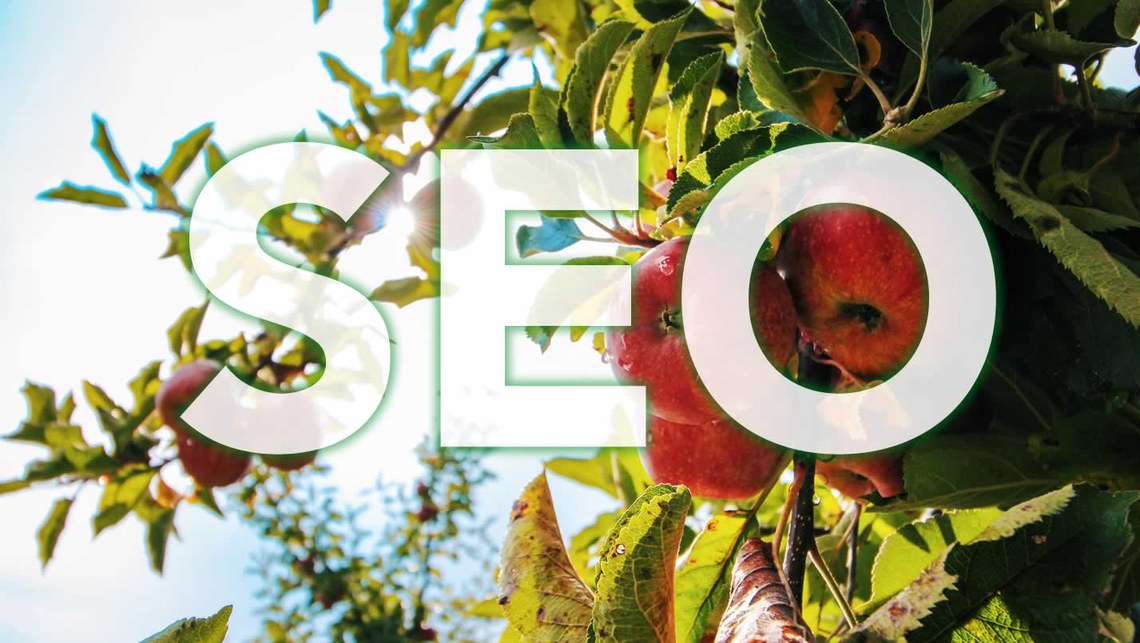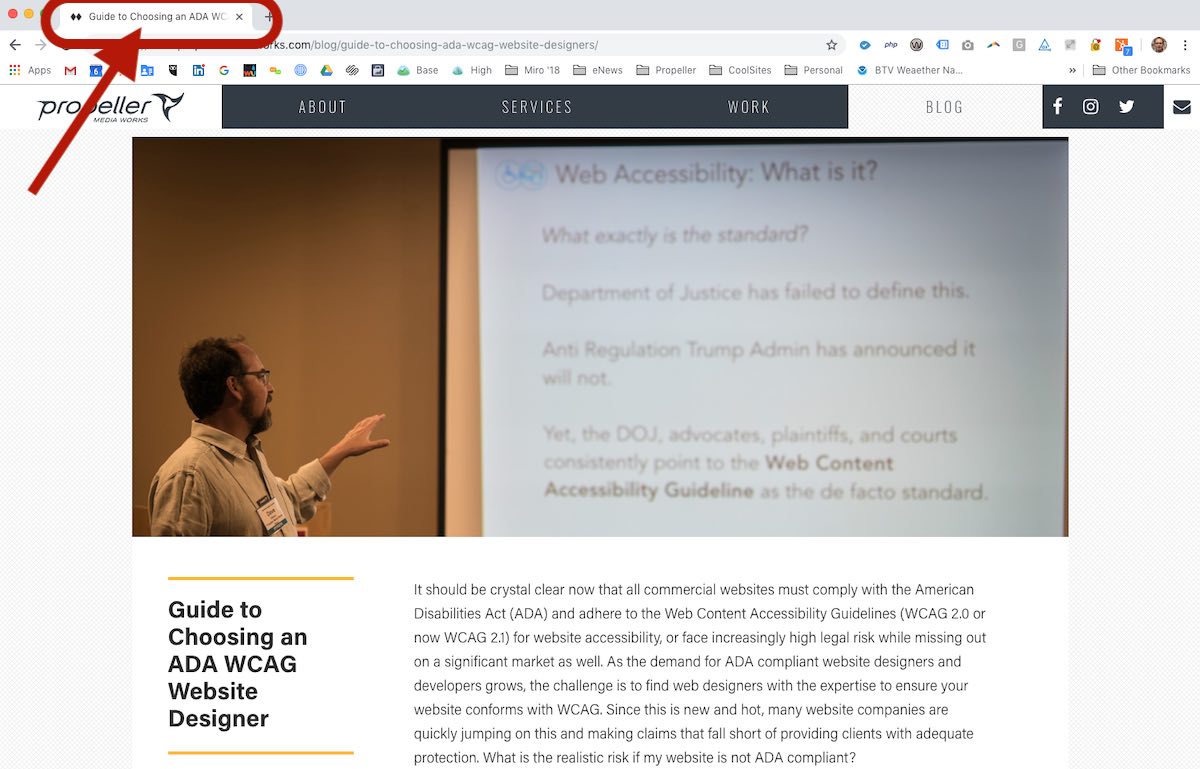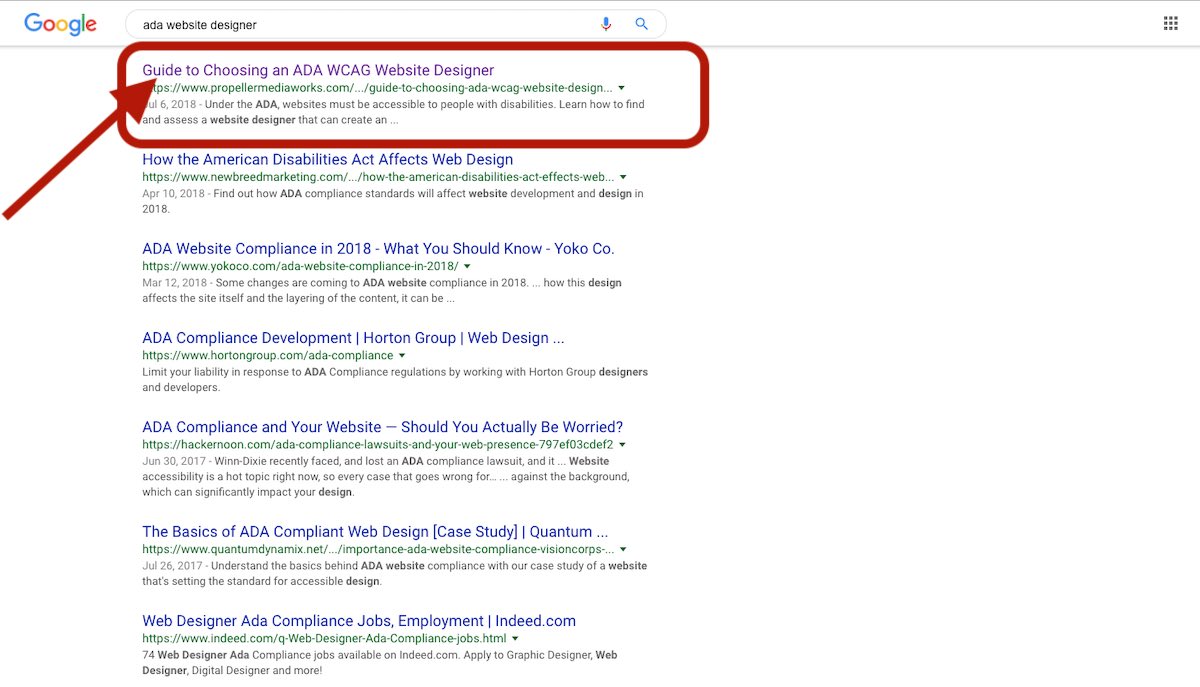
SEO Priorities : 5 Low Hanging Fruits to Pick
By Dave Gibson | President
Since I started building websites in 1997, my SEO hat has always been on. So when I assess any website, I focus on SEO as much as design, UX, and ADA compliance and general accessibility. I’m always amazed by how often I find the basics missed.
The SEO failures I regularly see (no I’m not going to call anyone out), blow me away. These are the simple and easy things for the most part, yet are too often missed.
Google assesses over 200 signals to determine ranking. As Google grows more and more sophisticated - to the point now where it’s AI understands natural language to assess a page’s theme. This major algorithm change in 2013 (Hummingbird) shifted the focus of SEO experts from keywords to the quality and depth of the content - often found deeper within a website. Keywords remained relevant, but SEO providers have since needed to apply more finesse to ensure they’re not forced at the cost of “natural language”. But we’re getting ahead of ourselves.
5 Basic On-Page SEO Elements to Improve Organic Ranking
1. HTML Title Tags
This is the first thing I check. You don’t see this in the viewport of the browser. You see it up in the tab for the page, and more importantly in the search engine results - where it is most prominent.


If I see “Home”, or just the company name, or a marketing tagline - I know right away that an SEO professional has not worked on the site. The title tag should be no longer than approximately 70 characters (which increased from ~ 60 when the Search Engine Results Pages widened). Each should be unique to each page, and accurately and briefly describe the page… with keywords naturally included. Start the title with your top keyword.
2. <H1 Heading Tags>
Headings on your page are structured H1, H2, H3, etc. Your H1 is the most influential and for it to have the most impact, only use one per page. Keywords should be finessed and reinforce those in the title.
3. Good Content - Pages & Blogs
In the history of SEO, nobody has ever said that content quality isn’t important. Of course it is. So pages with good, deep content that reflect the themes established in the title and H1 provide search engines with something to really sink teeth into. Make sure to add alt tags to all imags - both to comply with ADA/WCAG but also for a little SEO boost as well. Use blogs to feed fresh and timely content. And content length also matters. Go deep.
4. Keyword Density
Since Google’s Hummingbird update, where AI began reading, density has played less of a role. And there is too much debate about how much is “just right”. Just be careful not to over do it.
5. Speed
This is especially relevant for mobile search results. While the influence of speed is still just for searches made on mobile, we know what’s coming next. There are many steps you can make to improve speed. Amongst the top of my list is to
- Write clean efficient code.
- Optimize images (sized correctly, blurring, quality setting no higher than 70%)
- Responsive Server Side (RESS) to appropriately resize images at server for the device
- Content Delivery Networks (CDN) to cache your content (images) closer to your visitors
My fav speed tester : Pingdom
Those are my top 5 SEO items that I’d consider the low hanging fruit to improve your organic search rankings. If you need any help, give us a shout!